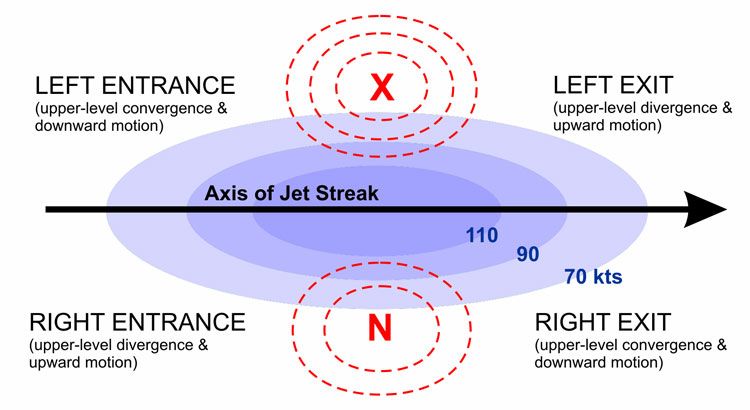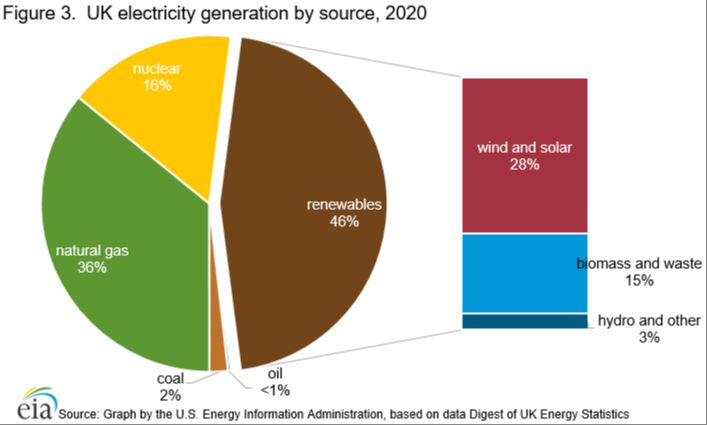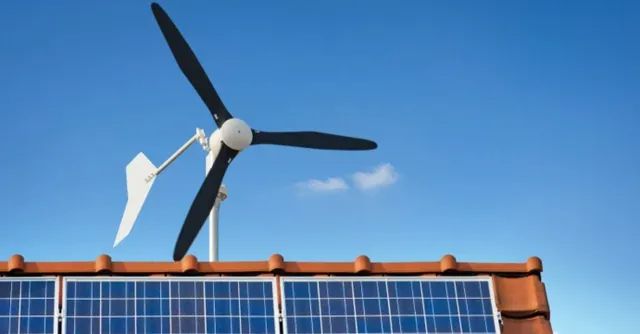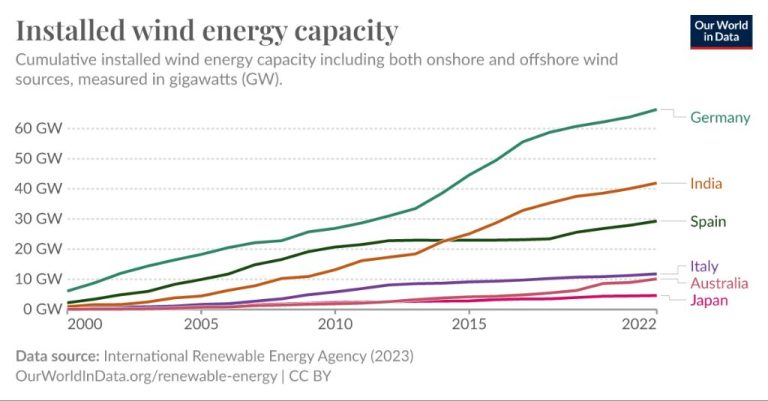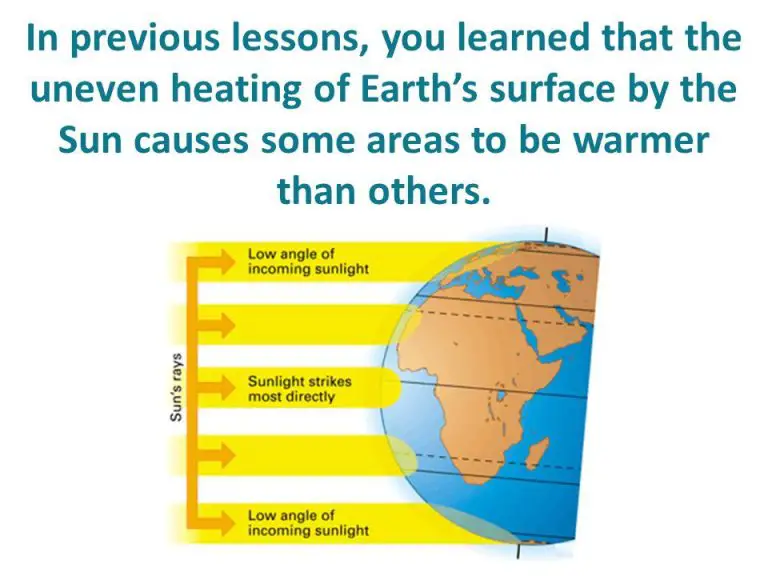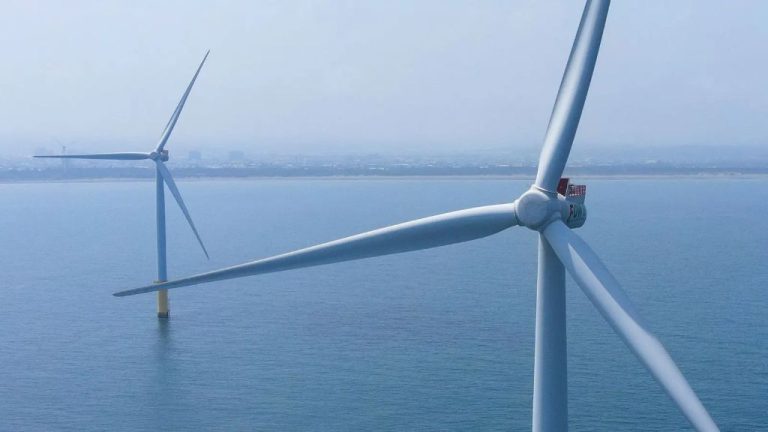Are Wind Turbines Good Or Bad?
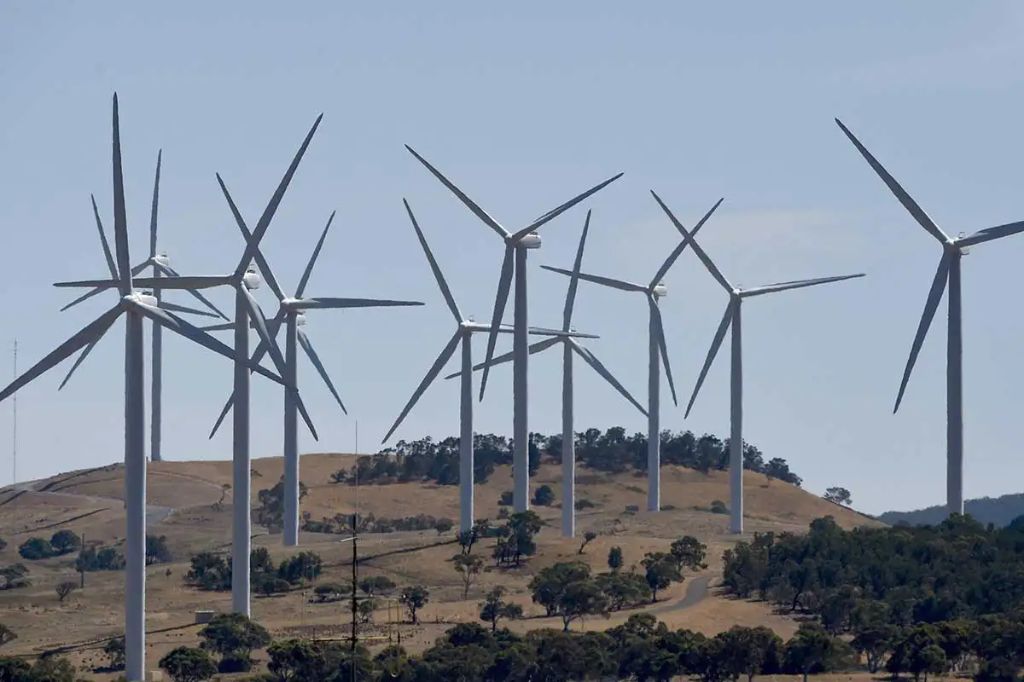
Wind energy has emerged as one of the leading renewable energy sources worldwide. Wind turbines harness the power of the wind to generate electricity. Over the last few decades, wind energy capacity has expanded rapidly due to concerns about climate change and energy security.
However, as with any energy technology, wind power also has advantages and disadvantages that spark an ongoing debate. On one hand, wind turbines provide clean, renewable electricity without direct emissions. But on the other hand, some argue that they have high upfront costs, visual impacts, noise, and risks to wildlife. There are also concerns around the variability of wind itself and integrating large amounts of wind power into the electric grid.
In this article, we’ll take a balanced look at the pros and cons around wind turbines to inform the debate. Key issues include the turbines’ visual impact, noise production, effects on wildlife, energy production capabilities, costs versus benefits, grid integration challenges, and local economic impacts. Examining both the advantages and challenges provides a more complete picture to evaluate if wind turbines are good or bad for communities aiming to harness wind power.
Visual Impact
Wind turbines are very tall structures that can stand over 300 feet high, with blades extending up to 180 feet long. Many people argue that wind turbines are an eyesore and spoil scenic landscapes. The height and sheer size of wind turbines make them highly visible, and some find them visually unappealing, especially in natural settings or wide open spaces 1. Shadow flicker, the moving shadows caused by the sun shining through rotating turbine blades, can also be considered disruptive by some.
However, wind turbines are designed to be efficient, not necessarily aesthetically pleasing. Supporters see their appearance as a symbol of clean energy and view wind farms as elegantly simple. Opinions vary on whether wind turbines enhance or detract from the beauty of natural vistas. Overall, the visual impact of wind turbines is subjective based on personal preferences.
Noise
Wind turbines generate noise as the rotor blades turn through the air. This aerodynamic noise increases with the tip speed of the rotor blades. Modern wind turbines are designed to minimize noise pollution, but some nearby residents still complain about the audible swooshing or whooshing sound the blades produce as they turn.
How loud are wind turbines? General estimates indicate modern wind turbines generate 35-45 decibels of sound when heard from 300 meters away, comparable to a quiet library (source). The average air conditioner produces 50 decibels. But some residents living closer than 300 meters report much louder and disruptive noise levels.
Advocates argue that wind turbine noise is reasonable and meets regulations when properly sited. But critics say the unique “amplitude modulation” of blade noise can be irritating at certain frequencies and may cause sleep disturbances or other health issues for those living too close to turbines (source). Perspectives vary on what constitutes an acceptable distance between turbines and homes to limit noise impacts.
Effect on Wildlife
Wind turbines can potentially impact birds and bats that live and migrate through areas where wind farms are located. Collisions with wind turbine blades are a direct threat, with estimates of 234,000 to 328,000 bird deaths annually at wind facilities according to a study by the U.S. Geological Survey (source). Bats are also susceptible to barotrauma from pressure changes near operating turbine blades.
However, there are ways to minimize harm to wildlife. Proper siting of wind farms away from major migration routes and wildlife habitats can help reduce risk. Technological solutions like automated curtailment when birds and bats are most active has been shown to decrease mortality rates significantly. Operators can also detect bats through ultrasonic detectors and adjust turbine operations accordingly. Overall, research shows impacts can be greatly mitigated through proper planning, technology, and monitoring (source).
Energy Production
Wind power has become a significant source of renewable energy in the United States, but still only accounts for a small percentage of total electricity generation. According to the U.S. Energy Information Administration, total annual U.S. electricity generation from wind energy increased from about 6 billion kilowatthours (kWh) in 2000 to about 380 billion kWh in 2021. However, this only represented around 9% of total U.S. utility-scale electricity generation in 2021.
The amount of energy produced by a wind turbine depends heavily on wind availability and speed in the area. According to the International Energy Agency (IEA), wind electricity generation increased by 14% globally in 2022, but output can fluctuate greatly from year-to-year and place-to-place based on wind patterns. Overall, wind power provides a clean renewable energy source but its variable and intermittent nature presents challenges for grid integration and reliability.
Costs vs Benefits
Wind turbines are expensive to build initially, with costs ranging from $1 million to $4 million per turbine, but costs have been dropping as the technology improves and expands (https://eta.lbl.gov/news/wind-energy-benefits-outweigh-costs). The average cost per kilowatt of capacity installed has declined from over $6,000 in the 1980s to around $1,500 today (https://energy5.com/the-economics-of-wind-turbines-assessing-costs-and-benefits).
Many wind energy projects receive government subsidies, such as the production tax credit in the U.S., which helps offset high upfront capital costs. However, wind energy advocates argue the long-term environmental and economic benefits outweigh the costs.
Wind power produces no air or water pollution, generates no greenhouse gases, uses virtually no water, and allows land between turbines to remain productive for agriculture or wildlife. Expanding wind energy can help nations meet climate goals and reduce health impacts and environmental damage from fossil fuels (https://www.energy.gov/eere/wind/benefits-wind).
Grid Integration
One of the main challenges with wind power is that it is intermittent and variable in nature. The wind does not blow at a constant speed all the time, which means wind turbines do not produce a steady output of electricity (Intermittent Renewable Energy). This intermittency requires careful integration with the electrical grid and coordination with other power sources that can provide backup generation when wind speeds are low (Renewable Energy Intermittency Explained).
On the grid, wind power can help provide diversification of energy sources. However, the variability of wind requires sophisticated forecasting, scheduling, and trading practices to ensure supply and demand are balanced. Grid operators have to continuously match power generation with power demand as both fluctuate minute to minute. Integrating large amounts of intermittent wind power into the grid is manageable but requires upgrades, revised operating procedures, and integration with energy storage or peaking power plants.
Local Economic Impacts
Wind energy projects can provide an economic boost to local communities through construction and operations jobs, increased tax revenue, and land lease payments to landowners. According to the WINDExchange, wind projects create new long-term jobs in operations and maintenance, with estimates ranging from 1.1 jobs per megawatt (MW) of capacity in Texas to 16 jobs per MW in New York. Construction jobs are also created to build the turbines and associated infrastructure. The Wind Energy’s Economic Impacts to Communities report by WINDExchange cites over 114,000 wind energy jobs in the U.S. as of 2020 across manufacturing, project development, construction, turbine installation, operations, maintenance, transportation, and other sectors.
However, some critics argue that wind projects can negatively impact other local industries like tourism. A study published in the Journal of Travel Research in 2019 found that tourists are willing to pay over 8% less for lodging and recreation in communities near wind turbines. There are also concerns around wind farms displacing agricultural jobs if they are sited on prime farmland. Proper community engagement, siting, and planning is important to maximize economic benefits and minimize disruption. According to the NYSERDA Wind Energy Guide, conducting environmental impact assessments and having open dialogue with all stakeholders can help address community concerns.
Overall, while wind projects create construction and operations jobs, their economic impact depends on the context. With careful planning, wind farms can benefit communities through jobs, taxes and other revenues. However, they may also displace existing jobs in some cases. Community outreach and involvement is key to maximize benefits and understand any local concerns.
Regulations
Permitting and siting regulations for wind turbines vary greatly by location. Local and state governments have implemented ordinances that regulate aspects of wind energy projects such as their location, permitting process, construction standards, and more. These ordinances aim to address concerns such as noise limits, visual impacts, turbine size restrictions, and effects on wildlife.
Noise limits are a common regulation, as nearby residents often express concerns about sound produced by turbine blades. Limits on sound produced at the property line, such as 50 dBA, are frequently implemented. Visual impact regulations may dictate how far turbines must be set back from roads, homes, or property lines to minimize obstruction of scenic views. Ordinances may also limit the total height of turbines. Wildlife impact regulations can require assessments of potential harm to birds, bats, and other animals. Safety setbacks, lighting standards, and decommissioning requirements are additional examples of regulatory stipulations.
While regulations vary, permitting wind projects generally involves assessing the environmental impact, evaluating technical specifications, holding public hearings to address community concerns, and ensuring compliance with all applicable laws. Navigating diverse regulatory requirements across jurisdictions poses challenges for developers. Clear regulations with reasonable standards help facilitate permitting and siting of wind projects in suitable locations, while addressing local environmental and community impacts.
Conclusion
Wind power represents a complex issue with reasonable perspectives on both sides. While wind turbines can provide clean energy, reduce dependence on fossil fuels, and stimulate local economies, they also impose costs like visual impacts, noise, and harm to wildlife. Rather than seeing the matter in black and white terms, the wisest approach considers the nuances.
Holistic solutions require examining wind power from multiple lenses, weighing the tradeoffs, and pursuing renewable energy within sustainable parameters. With judicious planning and site selection, turbines can likely generate electricity with manageable downsides. But each locality needs customized strategies that balance its energy needs with stewardship of the land.
Renewable energy goals remain crucial for mitigating climate change and building sustainable systems. But the methods for getting there demand wisdom and moderation. Wind alone cannot solve all our problems. Pursuing a mix of conservation, solar, geothermal and other options will likely yield safer, more resilient outcomes than over-reliance on any single solution. With broad vision and technological innovation, clean energy for all remains within reach. But achieving it demands rising above polarized debates to seek creative, comprehensive solutions.

